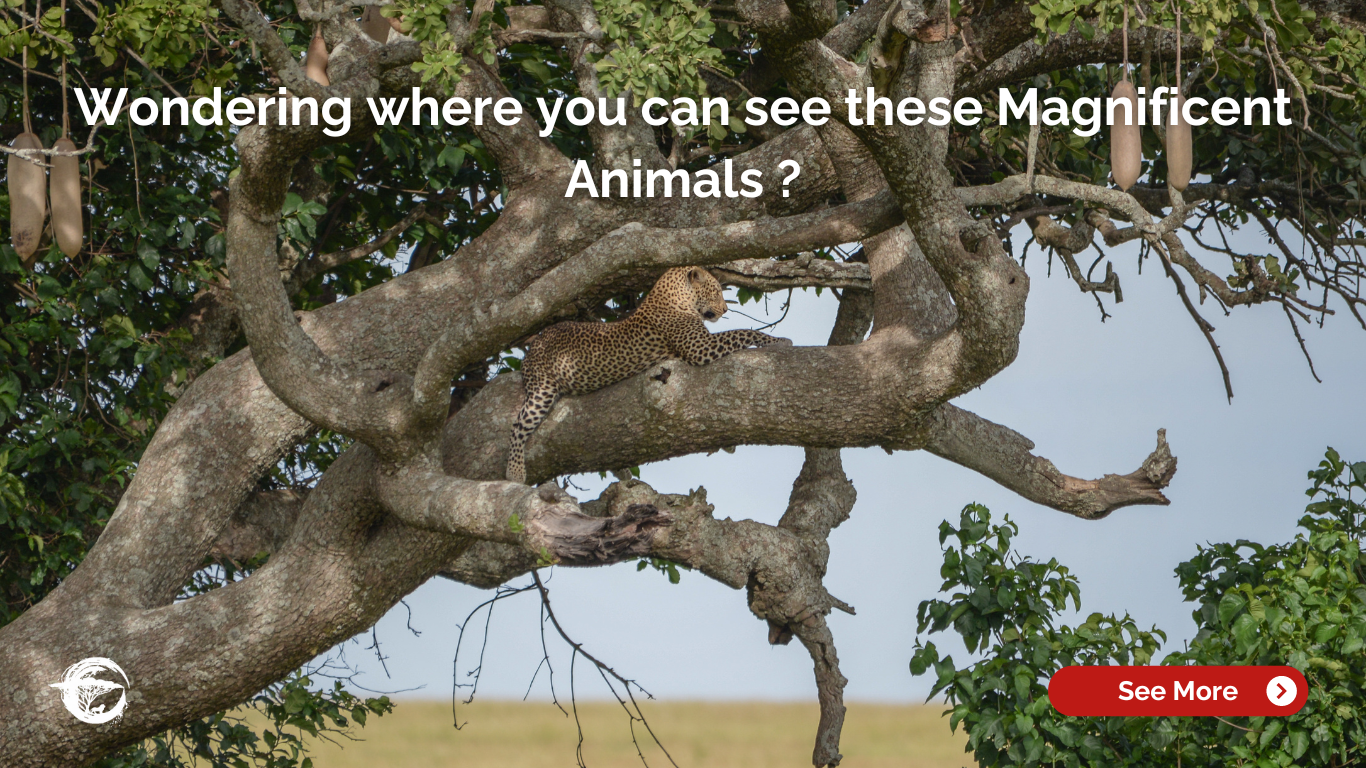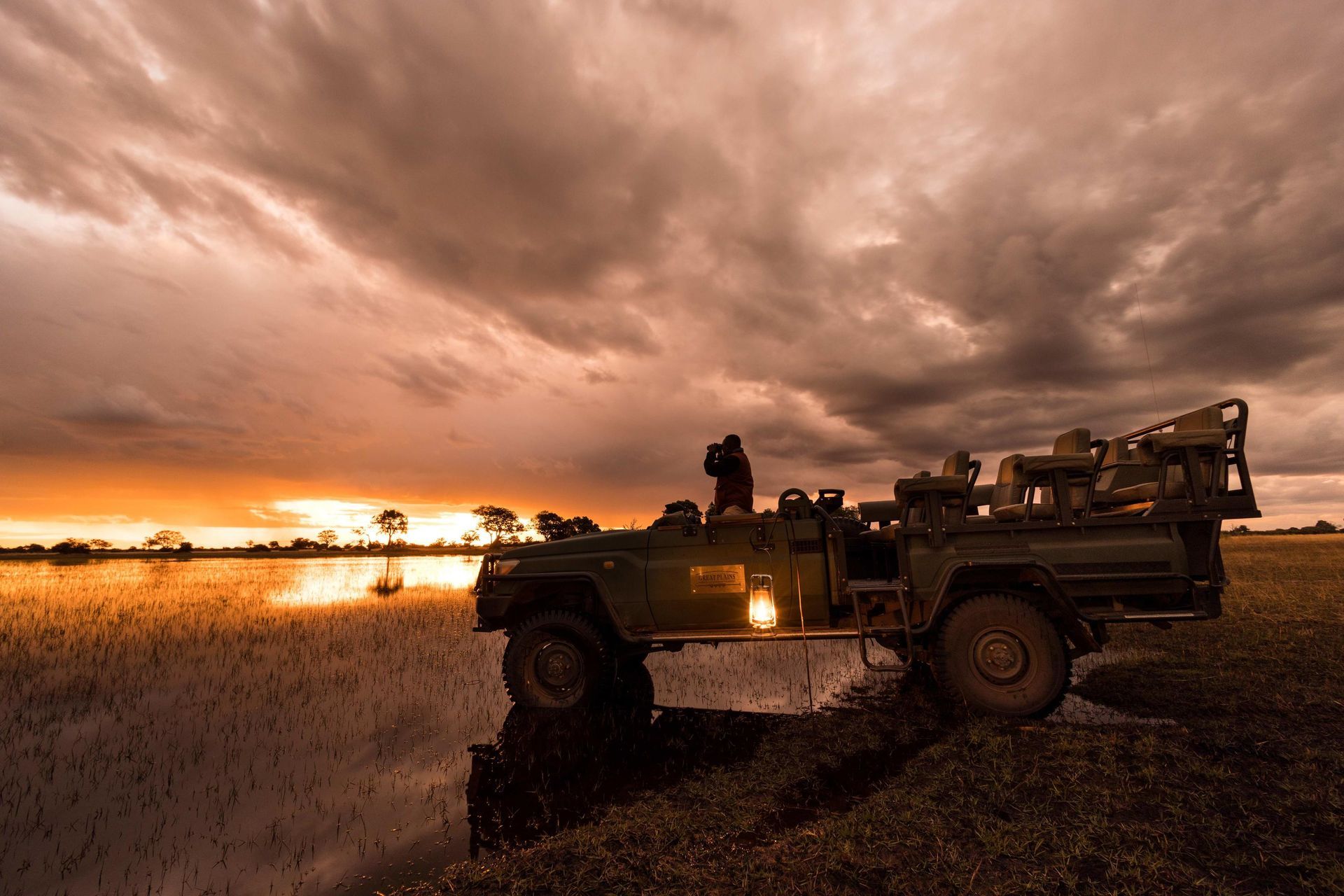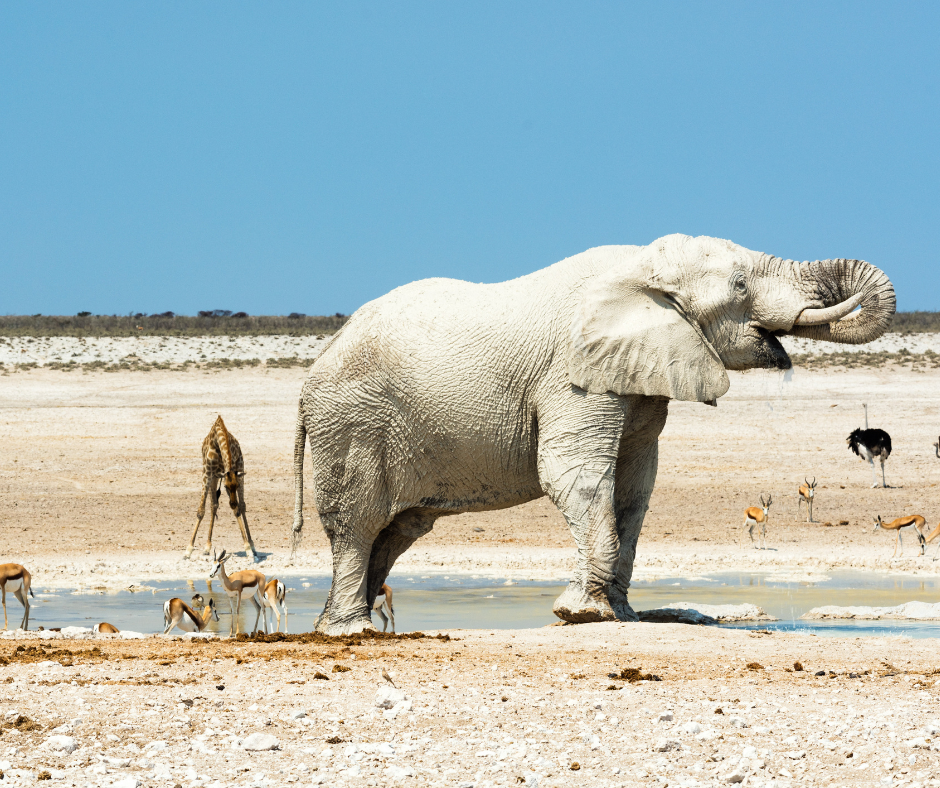11 Fascinating Leopard Facts & How to Plan a Privately Guided Safari to see them with Martin Meyer Safaris
The leopard—mysterious, graceful, and fiercely independent—remains one of Africa’s most iconic predators. Unlike lions that roar their presence or cheetahs that flaunt lightning speed, leopards thrive on stealth. For many travelers, seeing a leopard on safari is the ultimate prize: a glimpse of power and beauty hidden in the wild.
At Martin Meyer Safaris, we believe that learning about leopards is only the first step. The real magic lies in witnessing them firsthand on a privately guided safari—an experience that offers intimacy, depth, and a meaningful connection to Africa’s wilderness. Below, you’ll discover 11 fascinating leopard facts and learn how to transform this knowledge into a private safari tour in South Africa or beyond that leaves a conservation impact.
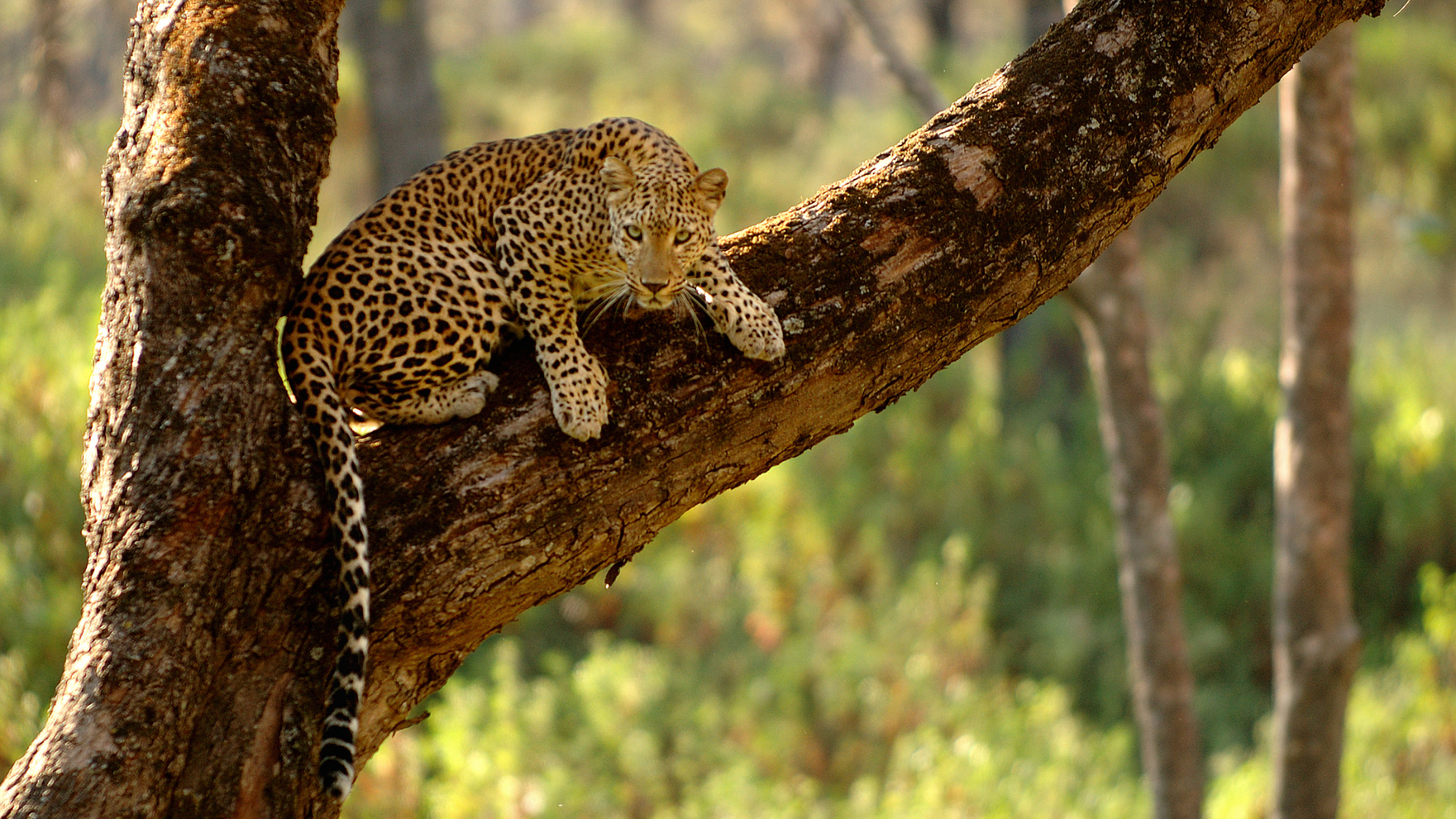
The Magic of a Privately Guided Safari: Why It Matters
Before diving into leopard lore, consider how you’d like to encounter these elusive cats. A privately guided safari allows unmatched freedom and personal attention. Unlike group tours, you set the pace. Want to spend two hours with a leopard lounging in a marula tree? No problem. Need time for photography without other vehicles crowding the sighting? Your private guide ensures it.
This approach transforms a typical trip into a meaningful safari experience. It’s not just about spotting the Big Five—it’s about understanding the landscape, its people, and the delicate balance of ecosystems. Every leopard track, every rustle in the bush becomes part of a story told by your expert guide.
1. Master of Camouflage
Leopards are almost invisible in the wild, thanks to their rosette-patterned coats that blend perfectly with grass, leaves, and shadows.
2. Nighttime Specialist
These cats are mostly nocturnal, making dusk and dawn the prime times for sightings on safari.
3. The Strongest Climbers of the Big Cats
Leopards can haul prey heavier than themselves up into trees to protect it from scavengers.
4. Solitary Hunters
They roam alone, marking large territories and relying on stealth rather than speed to catch prey.
5. Exceptional Adaptability
From dense forests to open savannahs, leopards can thrive in almost any habitat in Africa.
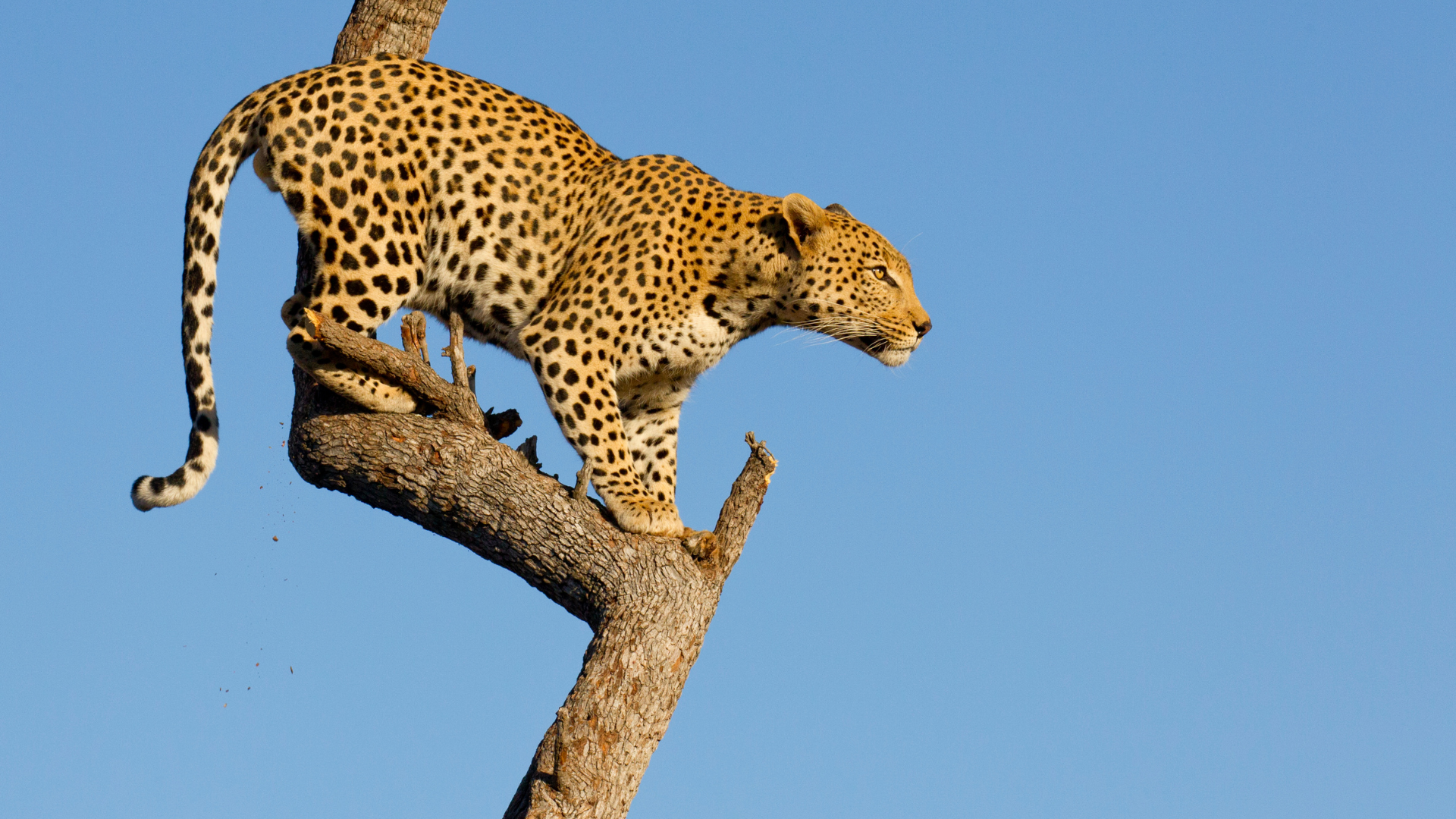
6. Silent and Strategic
Leopards stalk their prey in silence, often getting within metres before making a quick, powerful pounce.
7. The Ghost of the Bush
You might not always see them—but they see you. Their keen eyesight and hearing give them the edge in both hunting and avoiding danger.
8. Remarkable Strength
Leopards can leap forward over 6 metres and jump 3 metres vertically, making them athletic powerhouses.
9. Wide Diet Range
From antelope to birds and even fish, leopards are opportunistic feeders, adapting their diet to what’s available.
10. Cubs Hidden for Safety
Mothers keep their cubs tucked away in dense thickets or rocky crevices for the first few weeks to protect them from predators.
11. Conservation Concerns
Habitat loss and conflict with humans threaten leopard populations—making responsible tourism and conservation support more important than ever

Where to See Leopards with Martin Meyer Safaris
We design tailor-made itineraries that take you into the world’s best leopard territories:
- Sabi Sand Game Reserve, South Africa – Famous for the highest density of relaxed, photogenic leopards in Africa.
- Okavango Delta, Botswana – Stunning floodplains and woodlands where leopards hunt and roam.
- South Luangwa National Park, Zambia – Known as “The Valley of the Leopard” for its exceptional sighting opportunities.
- Masai Mara Conservancies, Kenya – Lower tourist numbers mean more intimate encounters.
Your Leopard Safari Awaits
Don’t just read about the most elusive of Africa’s big cats—see them in their natural environment.
Enquire now
with Martin Meyer Safaris to create a bespoke safari that takes you deep into leopard territory for encounters you’ll never forget.
Why Choose Martin Meyer Safaris for a Meaningful Safari Experience
Martin Meyer Safaris is more than a travel company—it’s a conservation-driven family of passionate guides and storytellers. Our privately guided safaris blend luxury with purpose:
- Expert Tracking: Martin and his team have decades of experience in the Greater Kruger and beyond.
- Conservation Partnerships: Your journey directly supports anti-poaching efforts, rhino dehorning projects, and local community initiatives.
- Custom Itineraries: From romantic honeymoons to family adventures, we create trips that reflect your interests—photography, birding, or simply immersing yourself in wilderness.
Booking a safari with conservation impact means your travel dollars protect wildlife and empower local people.
Ready to Book Your Private Safari Tour in South Africa?
Seeing a leopard in the wild is unforgettable, but pairing that sighting with a purpose makes it transformative. Whether you dream of Sabi Sand’s big cats or Botswana’s lush delta, Martin Meyer Safaris will design a privately guided safari that blends adventure with conservation.
Enquire Now
to start planning a meaningful safari experience that supports Africa’s iconic wildlife.
Book your dream safari now - get in touch with one of our Journey Experts here.
Have you always dreamed of going on safari but don't know where to start ?
We offer a complimentary 1 hour safari consultation call to simplify the process.




